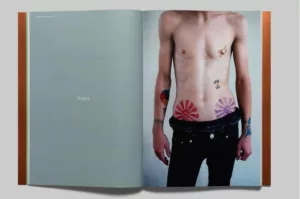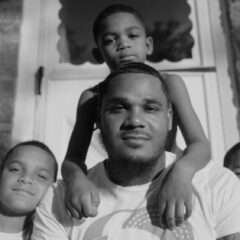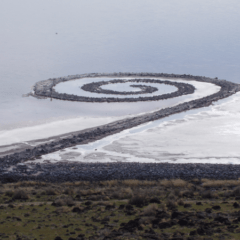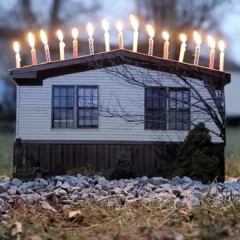(Sam takes in a roundtable discussion at University of Pennsylvania about activism and art and hears Harvey Finkle talk about his activist photographs, which speak loudly of people in protest over civil and human rights.–the Artblog editors)
The words and work of social worker turned photographer Harvey Finkle were perhaps the most valuable lesson offered at the recent day-long round table on “visual legal advocacy” held at the University of Pennsylvania law school. “Preparing to Protest: Direct Action, The Arts of Protest and Media Impact,” organized by Professor Regina Austin, featured Finkle as a panelist.
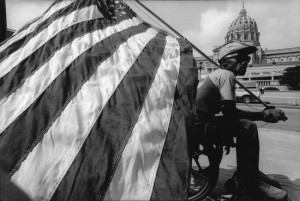
Law students learned how protest imagery, now widespread as a result of cell phone cameras, has grown into a powerful tool for social justice. But instead of a young protester with an iPhone, it was veteran photojournalist Finkle who most clearly showed how a photograph can be a highly political tool.
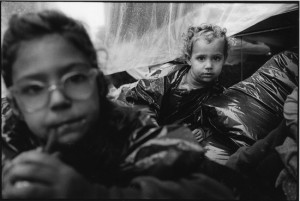
Harvey Finkle’s beautiful and earnest works and how he gets the shot
Finkle, 79, does not exactly consider himself an artist per se, but his black-and-white photographs are undeniably potent, and possess a composition inflected by his fondness for the works of Henri Cartier-Bresson and W. Eugene Smith. He currently works for The Notebook, a local news publication dedicated to covering Philly schools. Last spring, after the School District of Philadelphia announced that 24 public schools were slated to close, he documented the reaction of the staff at the now-closed Fairhill Elementary School in South Philadelphia. “The principal seemed to be avoiding me, because it was too painful for her,” Finkle told attendees. So naturally, he followed her. Then, “she just crouched down on the floor and began to cry.”
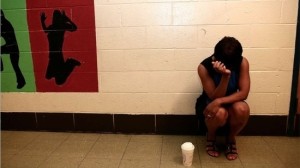
For the event at Penn, Finkle showed his photographs of ADAPT (Americans Disabled for Accessible Public Transit) and the Kensington Welfare Rights Union (now known as the Poor People’s Economic Human Rights Campaign). Finkle embedded himself within these groups to get highly intimate shots, and would often later donate his photographs to them. And while it was left unsaid during the talk, these images say more about reality than a thousand news articles ever could.
The role of empathy
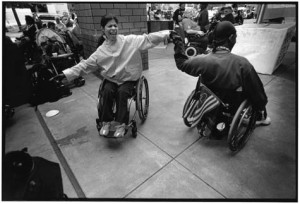
Finkle clearly empathizes with the subjects of these photographs. That might come from nine years spent as a social worker, before a 1962 show at the Museum of Modern Art introduced him to the work of photographer Harry Callahan and inspired him to pick up a camera. Gradually, Finkle let his social work become a part-time thing, just three days a week. The rest of the time, “I’d go out and shoot every day,” he said. Then, he left social work completely in favor of photography.
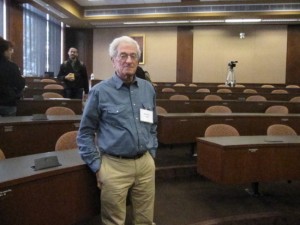
Finkle, of South Philadelphia, has worked as a photojournalist for about 40 years now, pursuing projects in Central America, among the deaf, and with recent immigrants to America. Along the way, whether he knows it or not, he has amassed an incredible body of work.
“It’s not [Alfred] Stieglitz,” he said. “They are things that I hope are artistic. I like to make a photograph … In a sense, you try to make them artistic. But it doesn’t mean they don’t have social value. It’s somewhere between art and documentary.”
Visit Finkle’s website for more information. Some of Finkle’s photographs can be seen now at the Scribe Video Center as part of the Philadelphia Schools Closing Collective show.


